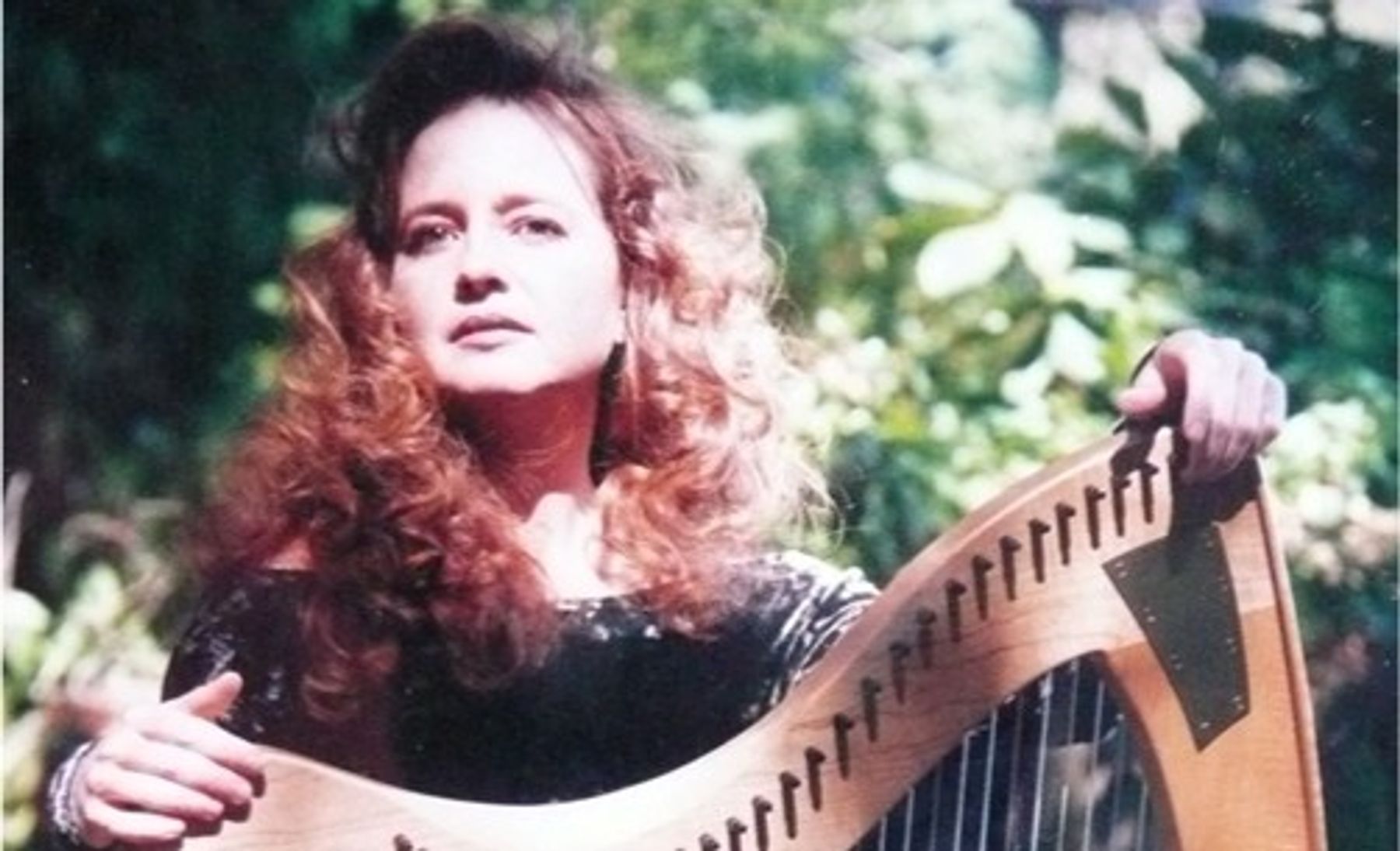What is a Celtic Harp?
Harps are probably the most ancient of the stringed instruments. Celtic harps have experienced a new popularity in the last few decades. Celtic harps (also called lever harps, non-pedal harps, folk harps, or Irish harps) are tuned diatonically, like the white notes on the piano. They usually have sharping levers on each string which, when engaged, are used to raise the pitch of the string one-half step. Celtic harps pre-date the pedal or concert harp, which was created specifically for orchestras, by over a thousand years. The early harps in Ireland were strung with brass, and in Wales, horse hair. Today these harps are strung mostly with nylon and sometimes metal, gut or carbon fiber. The harp Aedan plays uses nylon strings.





